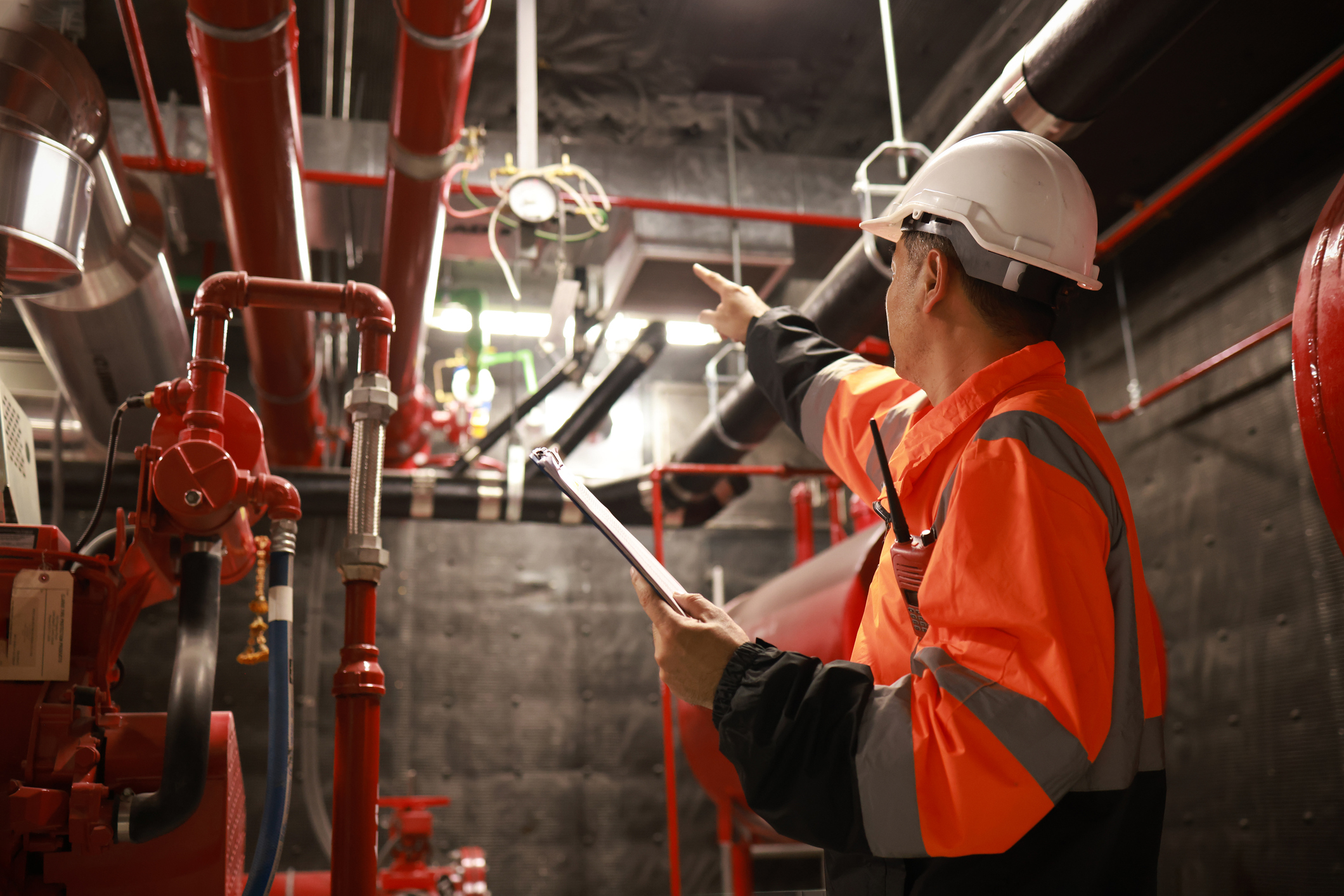This website uses cookies so that we can provide you with the best user experience possible. Cookie information is stored in your browser and performs functions such as recognising you when you return to our website and helping our team to understand which sections of the website you find most interesting and useful.
News
Guest Blog: Reality Check – PVC and Fires
This piece was written in response to an op-ed that capitalized on the tragic wildfires in Los Angeles and appeared in several media outlets. Our team contacted Dr. Marcelo Hirschler to pen this response op-ed to highlight the facts of fires and their impact on PVC products. This article was submitted to the same outlets that ran the opportunistic piece, though it wasn’t accepted, despite our requests for equal time.
My name is Dr. Marcelo Hirschler and I am a fire safety scientist who has published over 500 scientific articles in various journals and technical conferences. I am also a member of multiple codes and standards committees, both in the USA and internationally. In particular, I am a member of the California State Fire Marshal task group working on the revision of the California building code associated with wildland fires. I am seriously concerned about the incorrect information and opinions in “The Los Angeles wildfires are finally contained, but Californians still aren’t safe”, published in “The Hill” on February 8, 2025.
For starters, some of the generalities about plastics are indicative of a lack of knowledge. “Plastic” is a word that does not represent one material but is a generic designation of thousands of materials with many different compositions, which have in common that they contain
one or more organic polymeric substances and can be shaped by flow. Different plastics will perform very differently from one another in fires, with some much less likely to burn than others. In 1991 I published a study on fire testing of 35 materials (34 plastics and a wood product) and many of the plastics burnt much less intensely (less heat release) than the wood (“Heat release from plastic materials”, M.M. Hirschler, Chapter 12 a, in “Heat Release in Fires”, Elsevier, London, UK, Eds. V. Babrauskas and S.J. Grayson, 1992, pp. 375-422.). For example PVC pipe plastics were shown to be among the best performers: much better than wood.
NIST (National Institute of Standards and Technology) conducted 2 studies published in 1991 (NIST TN 1284, “Role of Bench-Scale Test Data in Assessing Real-Scale Fire Toxicity” and NIST Spec. Publ. 827, “Toxic Potency Measurement for Fire Hazard Analysis” both by V. Babrauskas et al.) and one published in 1994 (“Fire Conditions for Smoke Toxicity Measurement”, R.G. Gann, V. Babrauskas, R.D, Peacock and J.R. Hall, Fire and Materials Vol. 18, 193-199). They concluded:
- The overwhelming majority of fire fatalities (in the USA) occur from fires that extend beyond the room of fire origin (also known as being flashover fires), so that the key for having fewer fire fatalities is using materials or products that burn more slowly, because victims only die from smoke inhalation if the fire became so big it went to flashover/
- The toxic potency of any material can only be measured with an accuracy of a factor of 3.
- The toxic potency of carbon monoxide (CO), always present in large fires, is such that the toxic potency of any material that is lower than that of a carbon monoxide atmosphere can be considered to be of no consequence as it won’t affect exposed people.
- The vast majority of commercial materials in public use have a toxic potency lower than that of CO in fire atmospheres, so that they add virtually nothing to the toxicity of a fire atmosphere.
- Both NIST 1991 studies included PVC as one of the materials and the toxicity of its smoke was of the exact same order (lower than CO) as that or wood or other typical materials.
I published a book entitled “Carbon monoxide and human lethality: Fire and non-fire studies” (Elsevier, 1993) as well as several articles on smoke toxicity (between 1994 and 2015) expanding on the work by NIST. In particular the studies included an analysis of cancer-causing chemicals in fire atmospheres. It was found that cancer was mainly caused by high concentrations of polynuclear aromatic hydrocarbons (PAH), which are formed by any material when it burns. In fact, the toxicity from PAHs was many times higher that of dioxins and furans (“Fire Gas Toxicity and Pollutants in Fire: The Role of Flame Retardants”, J. Troitszch, in Flame Retardants 2000, London, pp. 177), and “Flame Retardants and their Toxicity”, M.M. Hirschler, in Fire Protection Engineering, Fourth Quarter 2015).
It is important to note that despite the claims made by that opinion piece, the Environmental Protection Agency (EPA) found that PVC is responsible for less than 5% of all regulated sources of dioxin to air and water and less than 0.6% of all USA dioxin, while unregulated sources such as recreational wood burning and home heating from residential fireplaces, forest fires, and volcanic eruptions omit more dioxin into the atmosphere. (US EPA Toxic Release Inventory data air and water from all regulated sources in the US). Also, research shows that benzene is rarely emitted during fires because it is a compound that would typically be burnt in a fire, to convert it into other combustion products.
Studies of fire safety and its implications need to be conducted on a scientific bases and not based on simple opinions. The opinion article by Judith Enck and Heather McTeer Toney presents a number of unsubstantiated allegations which are not based on scientific facts and will serve primarily as a scare tactic. Readers should beware these misleading and unsubstantiated claims as serving some other agenda rather than being supported by sound science.


